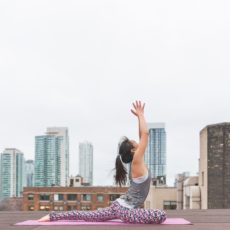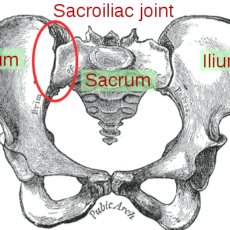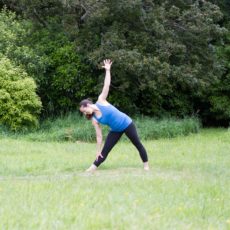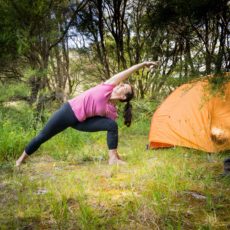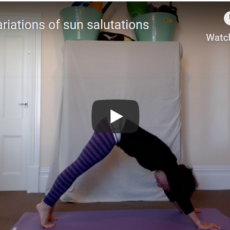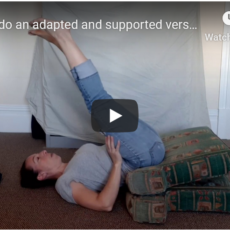Pigeon pose often shows up in yoga classes. People tend to love it because it can create an intense stretch in the outside of your hip or buttock (often stretching muscles that are responsible for back pain like the piriformis). And some people also find a stretch in the front thigh of the other leg. So with all that stretching, what’s not to love about pigeon pose?
What is the sacroiliac joint and why should you care?
Cross body movement, what it is and why it matters
How come people who are flexible also have tight painful muscles?
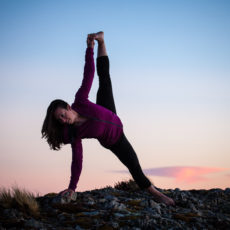
It might seem like a contradiction, that people who are very flexible also end up with very tight muscles that can cause pain and problems in their movement patterns, but unfortunately the two go hand in hand. In fact, many people don’t realise they have too much flexibility because they experience chronic tight and painful muscles. Read about what hypermobility is, how it affects your muscles and what you can do.
Finding a comfortable position for your spine in cobbler’s pose (baddha konasana)
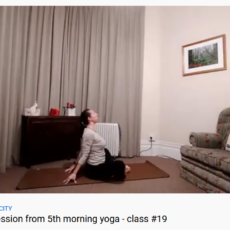
Cobbler’s pose or baddha konasana (sometimes called bound angle pose) can be a great stretch for the muscles in your inner thighs and groin (the adductor muscles). But if you have tight hips, it can be a difficult position to sit comfortably in – having tight hip muscles will affect how you sit and that will affect your spine. And if you can’t get comfortable to start with, you will likely find it hard to then relax the muscles of your inner thighs or groin to get the intended benefit.
Variations of legs up the wall (viparita karani)
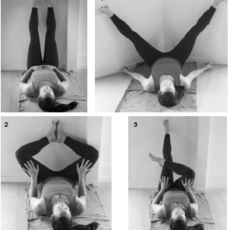
Legs up the wall (viparita karani) is often best known for the benefit of triggering the parasympathetic nervous system, sometimes called the rest and digest response. In these variations you can add a range of different stretches for the legs and hips, while also gaining the stress-relieving benefits of the pose.


